You might believe Disney Imagineers would never “abandon” anything, especially not in plain sight of guests. If so, you’ve probably never heard of the “Disco Yeti.” But don’t worry, we break it all down for you.
The Legend of “Disco Yeti”
Disney’s Animal Kingdom park opened on Earth Day in 1998. Even though the park was an immediate success, it was clear that the park still needed more thrill rides. At the time, Countdown to Extinction (now simply known as “Dinosaur”) was the only thrill ride in the park. There were more thrill rides included in the original plans, but they had to be cut when the price of the park proved to be higher than the initial calculations. We will explain all of that in another article. We will also talk about Beastly Kingdom in that one. Anyway, once the original plans for the second phase of Animal Kingdom’s construction were scratched, Disney had to make a new plan. And that plan came in the form of the new “E-ticket” attraction, Expedition Everest.
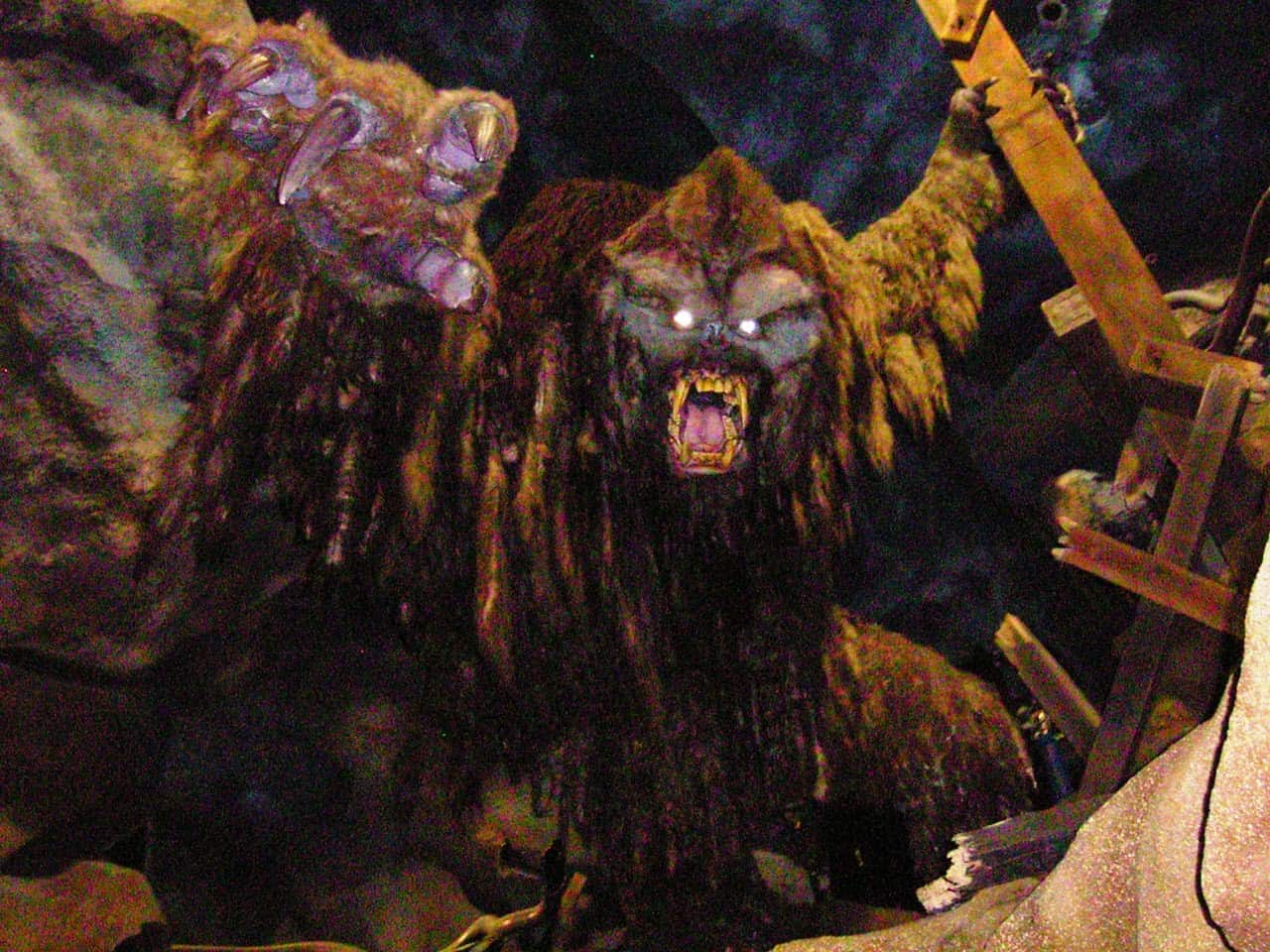
Expedition Everest Ride History
Disney’s creative team is famous for their attention to detail and dedication to authenticity. Expedition Everest was no exception. You won’t believe the lengths Imagineers went to for this ride. For example, Imagineers really travelled to Mt. Everest in Nepal to study the mountain and its surroundings. They wanted to make sure they would make an accurate portrayal. Since Mt. Everest is the tallest mountain in the world, Expedition Everest is rightfully the tallest mountain in the state of Florida.
The village surrounding Expedition Everest was designed to look like it was built over 100 years ago, with real items from the surrounding towns in Nepal. There were 500 craftsmen, architects, and artisans, a day working on Expedition Everest during construction. You read that right, 500 people PER DAY! The Forbidden Mountain, the mountain our train travels through to get to Mt. Everest, is a real mountain in the Himalayas. *Quick statement: you are actually not travelling through Mt. Everest in the ride, but to Everest via a shortcut through the Forbidden Mountain guarded by the yeti. Fun fact.*
Imagineers could not use traditional scaffolding while building the mountain because it would be too difficult to shape the mountain. Instead, they used steel toothpick-like structures that stuck out from the mountain. They built ledges on them to stand on while they constructed them. Then, it took almost three months to cut them all off because they were extremely sturdy to make sure the people standing on them were safe.
Hard Work Pays Off
Expedition Everest is honoured in the Guinness Book of World Records for being the most expensive roller coaster ever built. It cost $100 million. Expedition Everest is one of the most (if not the most) complex attractions ever constructed. The props in the queue of the attraction were given or sold to Imagineers from real people in Nepal and Tibet. Imagineer Joe Rohde oversaw the brainstorming and designing of Expedition Everest, as well as most of Animal Kingdom.
The Ride
Expedition Everest opened on April 7, 2006. It was the 18th “Disney mountain” to be built at a Disney Park; joining the ranks of Space Mountain, Big Thunder Mountain, etc. The storyline of Expedition Everest is that we, as tourists, want to go to Mt. Everest but we must go through the Forbidden Mountains, where the yeti reigns. Locals are freaked out and try warning us not to go there, as we see in the queue. The Forbidden Mountains are supposed to be a shortcut to Mt. Everest, but is it worth it?
Crazy Elaborate
Expedition Everest’s internal support structure is one of the most sophisticated of all Disney park attractions. Why? Here are some crazy examples. A ride on Expedition Everest takes about three minutes from start to finish. There are about 200 sound speakers used in the attraction. Most roller coasters spiral downwards, but Everest is different. The Expedition Everest roller coaster instead spirals upwards at a 60-degree angle. This is rare because it is a lot more difficult to accomplish. The train climbs up 100 feet in one of the fastest roller coaster lifts in the world. The tallest peak of Expedition Everest mountain is 20 stories high.
Sophistication
One of the coolest and most sophisticated parts of the ride comes into play after riders reach the peak of the mountain, only to find broken train tracks in front of them. While guests are distracted by this supposed dead end, the track behind them is switching around to enable the train to go backwards on its return down the mountain. The tracks that are switched around are set up on two sides of the same track, instead of two different sets of tracks right next to each other.
So instead of moving an entire track over and over, the track just spins over to the opposite side and sets the new track in place. To start, the train stops, the computer sends the signal to the locking devices to unlock, the track rotates, then the locking devices lock back into place, and the train moves backwards. The entire process—from when the train stops to when the train moves again—only takes about six seconds. It is incredibly efficient.
The Expedition Everest queue area is designed to look like it is over 100 years old. Some pictures of real expeditions to the Himalayas can be found in the line for Expedition Everest. More than 8,000 items were purchased by Imagineers from Nepalese natives to integrate into the queuing area and the ride. Even the nails holding the picture frames in the queue are authentic, handmade nails bought from Himalayan villagers.
Another quick thing: While stopped before the broken train tracks, instead look to the sides of the mountain and find several random hair ties on the snow.
The Yeti
Even though it has never been confirmed by The Walt Disney Company, cast members claim the yeti has a name. It is Betty, “Betty the Yeti.” However, when Joe Rohde spoke about constructing the yeti, he talked about the yeti being a “he.” So, there is a little confusion about the real name and nature of the yeti. Regardless, you do you, yeti. We don’t judge around here.
The Yeti’s message for Expedition Everest riders (yes, the scary monster has a message), is a pro-conservation message. Humans do not have the right to claim everything around them and in nature.
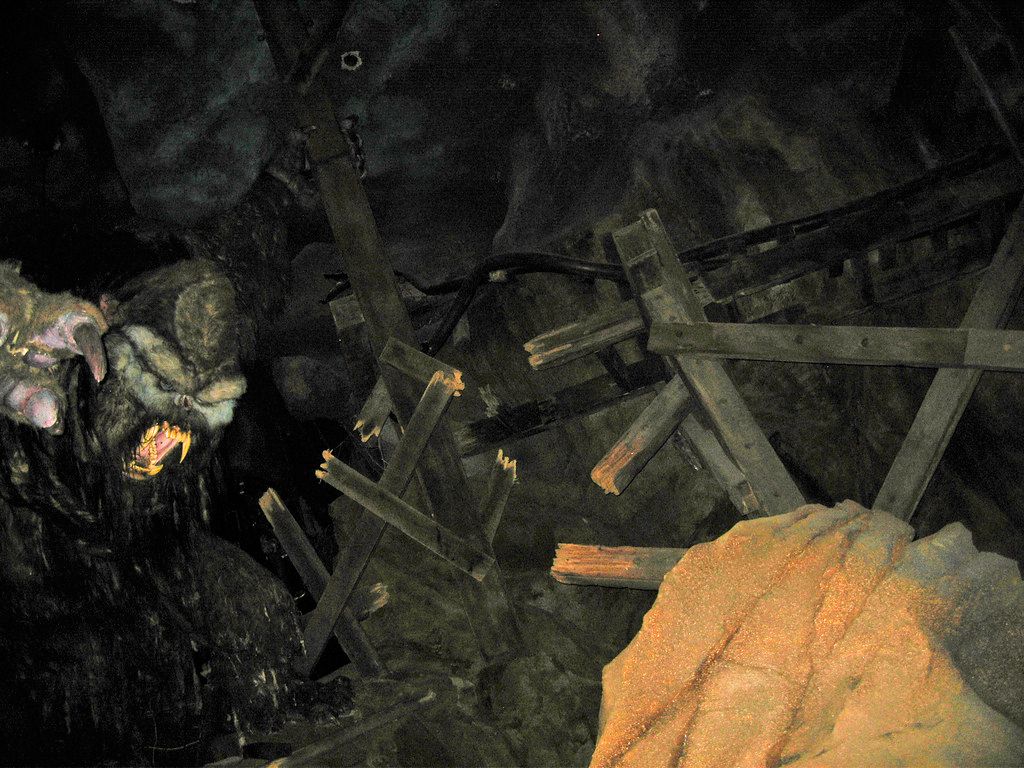
The Complexity
The yeti is huge. It is 22 feet tall and weighs 4 tons! When the yeti was first used, it had a range of 2-foot-long vertical and 5-foot-long horizontal motions. If the animatronic were a real yeti, its movements would be deadly! The animatronic yeti is too big and heavy to stand on its legs. Its support system is behind its back. Without weight on its legs, it’s technically airborne. So, the legs are just for show. To make sure the yeti was as realistic as possible, Imagineers worked with primatologists for research while creating and designing Expedition Everest’s yeti. Imagineers intended for the yeti to be allusive. Riders are never supposed to get a good enough look at the Yeti to know what it really looks like. That way, guests must go back on the ride again and again.
Before it stopped functioning, the Yeti animatronic was more powerful than a jet engine. The yeti animatronic is comprised of 6,000 pounds of fur, 250 zippers, and 1,000 snaps. The yeti animatronic’s fur is made of a combination of yak fur, horse fur, synthetics, and sometimes moss. Expedition Everest’s yeti was the single biggest moving audio-animatronic until it stopped moving. The Yeti’s legs and left arm were not powered at all. Their movements happened naturally as reactions to the other powered moving parts of the animatronic. It was similar to controlling a puppet. The 3,000-psi hydraulic thruster for the yeti was recharged in 20 seconds. Before the Yeti animatronic broke, it was believed to be the most high-tech audio-animatronic ever. The yeti requires 1,000 square feet of fabric to cover all the machinery of the animatronic.
The Demise…
Unfortunately, the Yeti’s support system and foundation became damaged a few months after opening because of its size and weight. For a few years afterwards, they put the yeti in “B mode.” It is a setting that minimises the movement of the animatronic. Around March 2009, though, the yeti officially stopped moving. Instead, there is a strobe light placed on the yeti to give the illusion of movement. Because of this, it is nicknamed by fans and cast members as the “disco yeti.” And, well, “Disco Yeti” has existed much longer than the original working Yeti did.
Will It Ever Be Fixed?
The Yeti’s support system is so intertwined with the mountain itself that repair would require removing parts of the entire mountain. As we mentioned before, the mountain’s structure is extremely complicated and complex. So, repairing it would be extremely difficult and time-consuming.
Before you lose all hope, though, here is some good news. At the D23 Expo in 2013, the Imagineer in charge of the attraction, Joe Rohde said “I personally, you know, kind of bulldog this one in a way that doesn’t always make me popular [with Disney and the other Imagineers], but…I will fix the yeti someday. I swear!” Needless to say, the crowd erupted with cheers. But since then, there have never been any official announcements made by Disney about it. But Joe Rohde still continues to be open about his plans to fix it. And as some of his biggest fans, we believe he will succeed in fixing the “Disco Yeti!”


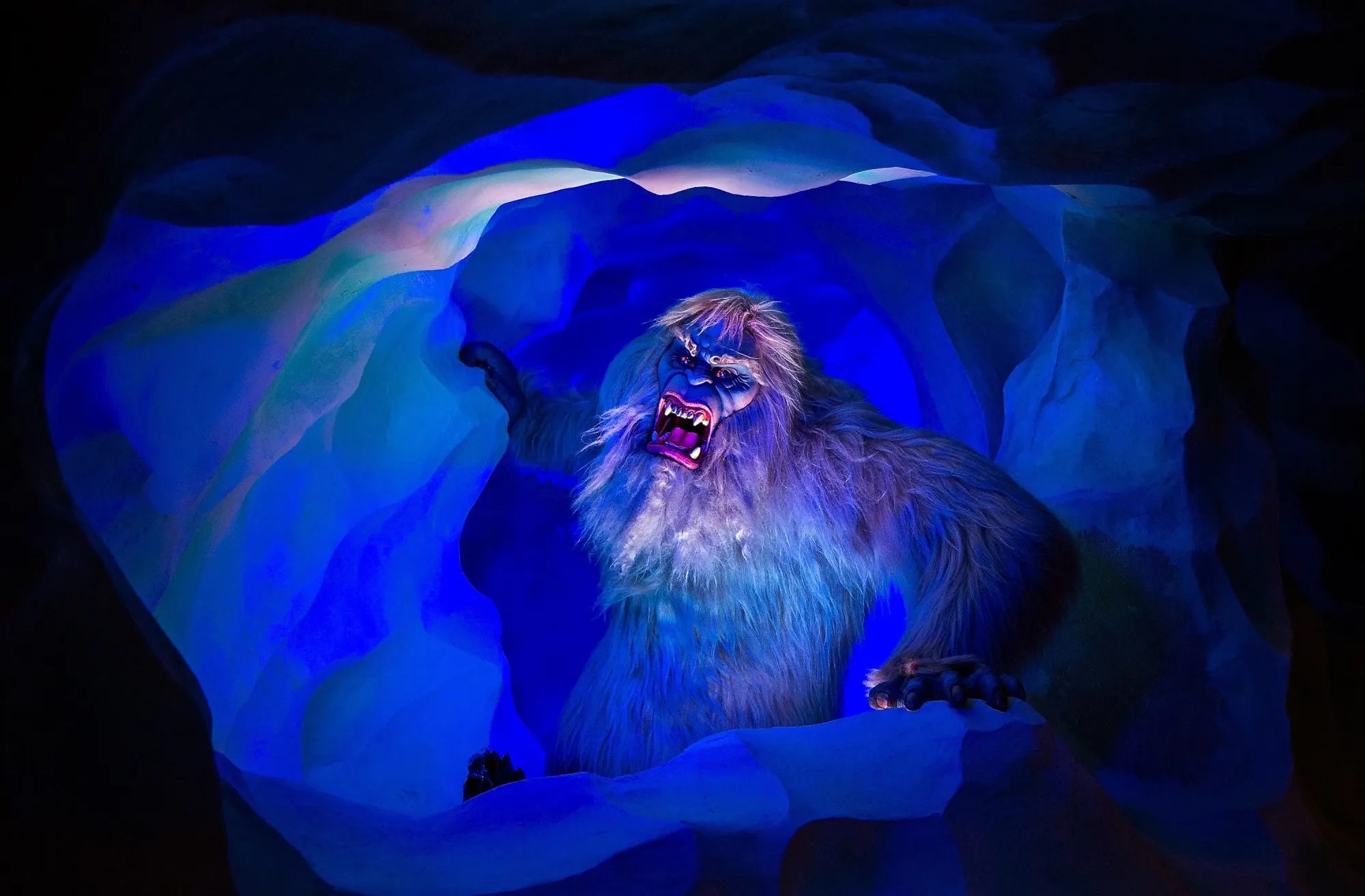
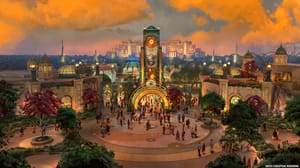

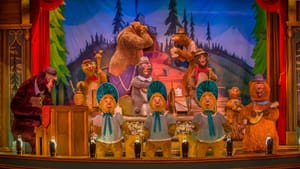
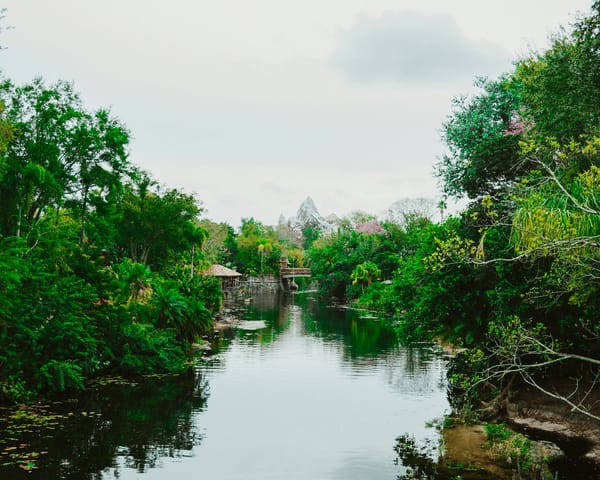
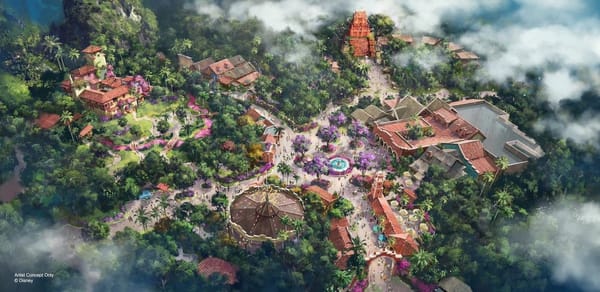
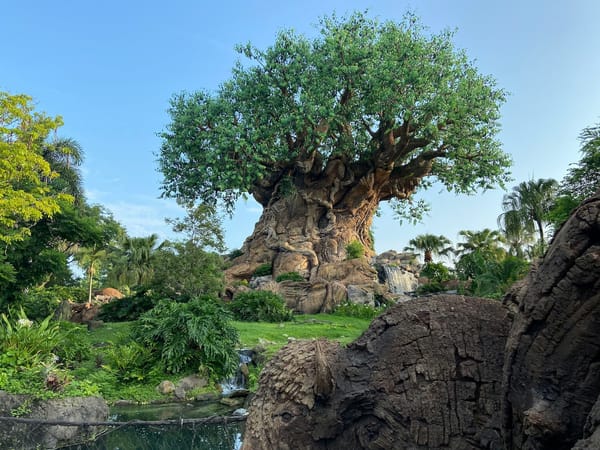
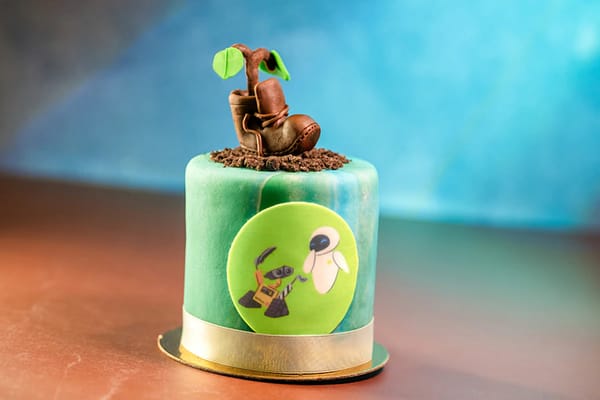
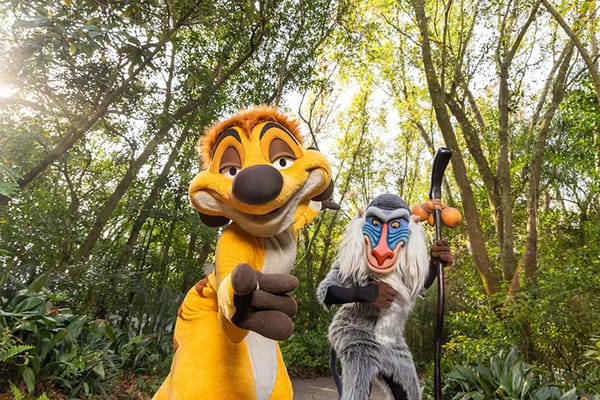
Member discussion